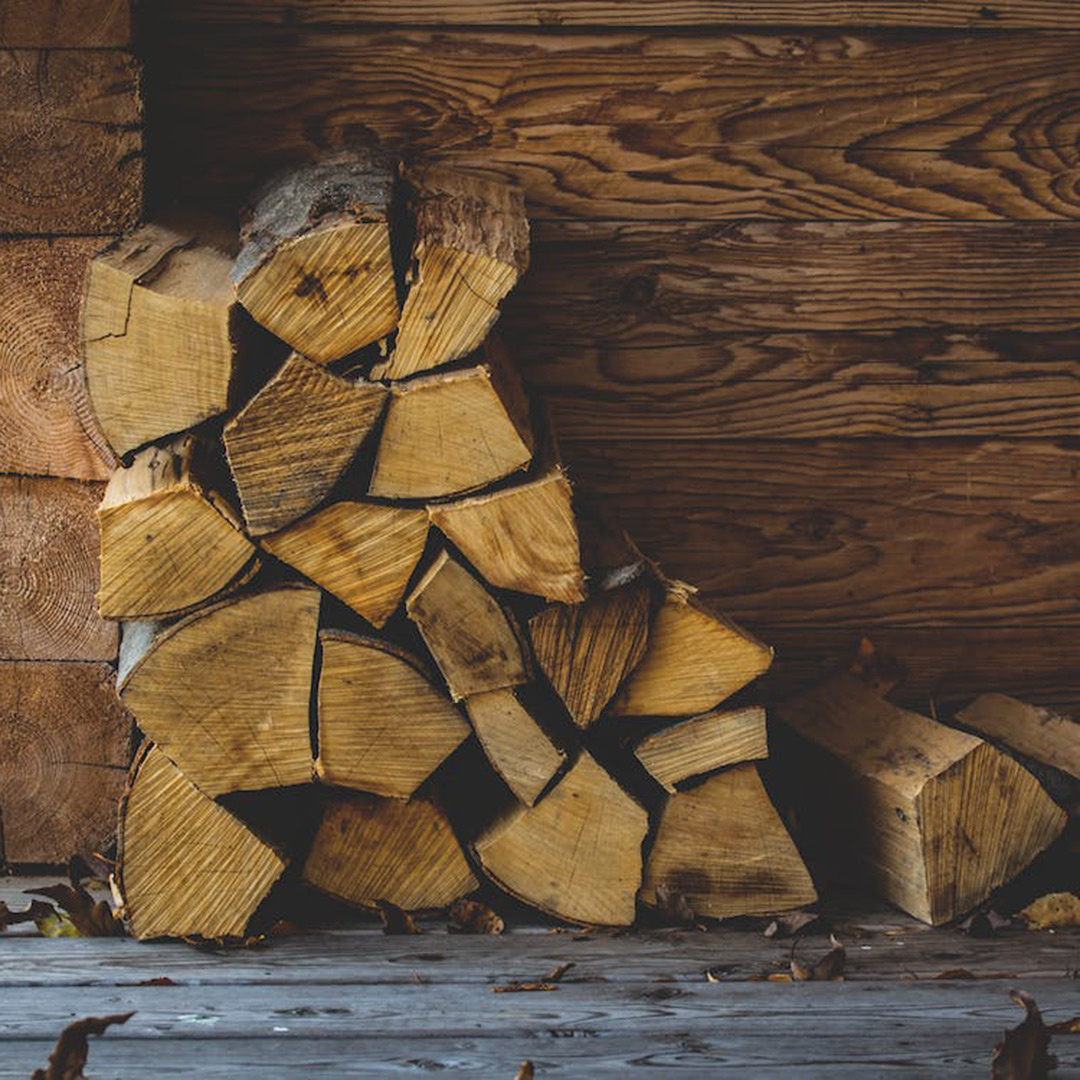The Best and Worst Types of Wood for Your Fireplace
Fall is almost here, and with the changing leaves comes colder temperatures. If you’re new to owning a fireplace or haven’t been taught how to use one properly, you may think all wood is created equal and safe to burn. However, choosing the right wood can significantly affect your fireplace’s efficiency and the overall user experience. In this post we look at the best and worst types of wood to use and why.
 The Best Woods
The Best Woods
Hardwoods
Oak
Oak is a top contender for the best wood to burn. It’s a dense and heavy hardwood, meaning it burns slower, providing more consistent heat. However, oak, like all firewood, must be well-seasoned before burning. You can get away with seasoning most wood by letting it dry for six months, but for oak’s true potential to shine, it’s recommended you season it for at least a year.
Hickory
Another hardwood, hickory, provides high heat output and burns cleanly when seasoned. It’s easier to light than oak and gives off a strong but pleasant aroma.
Maple
Maple is another excellent hardwood that burns hot and lasts a long time but doesn’t emit as strong an aroma as oak or hickory, which many people prefer.
Fruitwoods
Apple
For those who love an aromatic fire, apple wood is for you. Like the previously mentioned woods, apple burns slowly and produces excellent heat.
Cherry
Cherry is another popular choice for people who like to fill their homes with a pleasant aroma. Cherry also puts out excellent heat, but it can also create a significant amount of creosote, so you’ll have to stay on top of regular chimney sweeping to minimize the chance of a fire.
The Worst Woods
Softwoods
Pine
Pipe is popular because it’s easy to find and ignites quickly; however, it’s not suitable for indoor fireplaces because it contains a high amount of sap, which can lead to creosote buildup. Pine is fine for outdoor fires where you don’t have to worry about a chimney.
Spruce
Like pine, spruce is a softwood that burns fast and hot but produces a lot of creosote. And, like pine, it’s best used outdoors where safety isn’t an issue.
Green Wood
Regardless of the type, green or unseasoned wood contains a high moisture content, making it difficult to burn, leading to more smoke and producing less heat. Experts recommend seasoning your firewood before burning for the best and safest results.
Wood Alternatives
Manufactured Logs
Manufactured logs are typically made from wood byproducts and are a convenient option for many homeowners. However, be sure the logs you choose don’t have additives or chemicals.
Pellet Stoves
While not suitable for fireplaces, wood pellets are an efficient fuel source for using a pellet stove because they burn hot and clean.
The choice of wood can make a difference in your fireplace experience. Hardwoods, like oak, hickory, and maple, are typically the best options because they produce a lot of heat and burn slowly. If you like aromatics, apple and cherry are ideal. Stay away from the softwoods and be sure the wood you use is properly seasoned before burning.

Book Your Fall Chimney Cleaning Now
Now is the time to schedule your chimney cleaning and inspection. We’re the top-rated chimney and fireplace service company in Kansas City. You can trust our CSIA-certified technicians to do the job right and have peace of mind that your fireplace and chimney are safe. Call us when you need sweeping, repairs, inspections, installations, rebuilds, or anything in between. Book your appointment now by calling 913–236–7141.
The post The Best and Worst Types of Wood for Your Fireplace appeared first on Fluesbrothers Chimney Service.